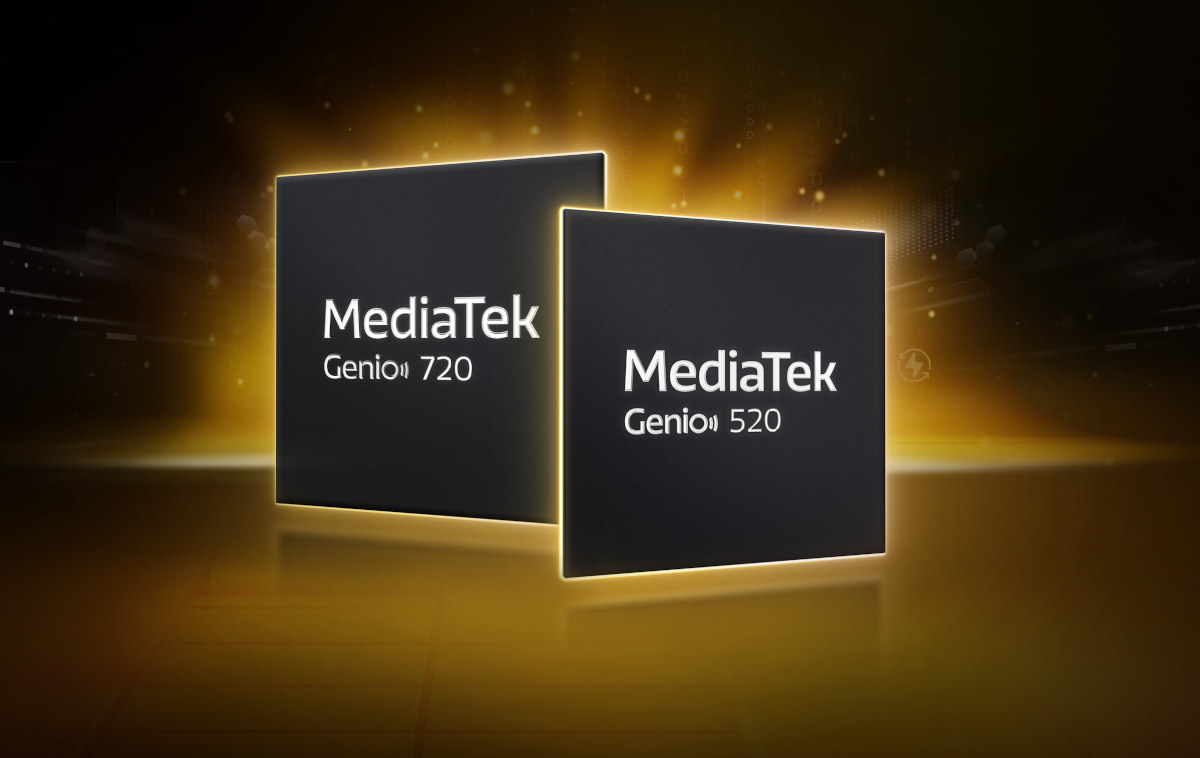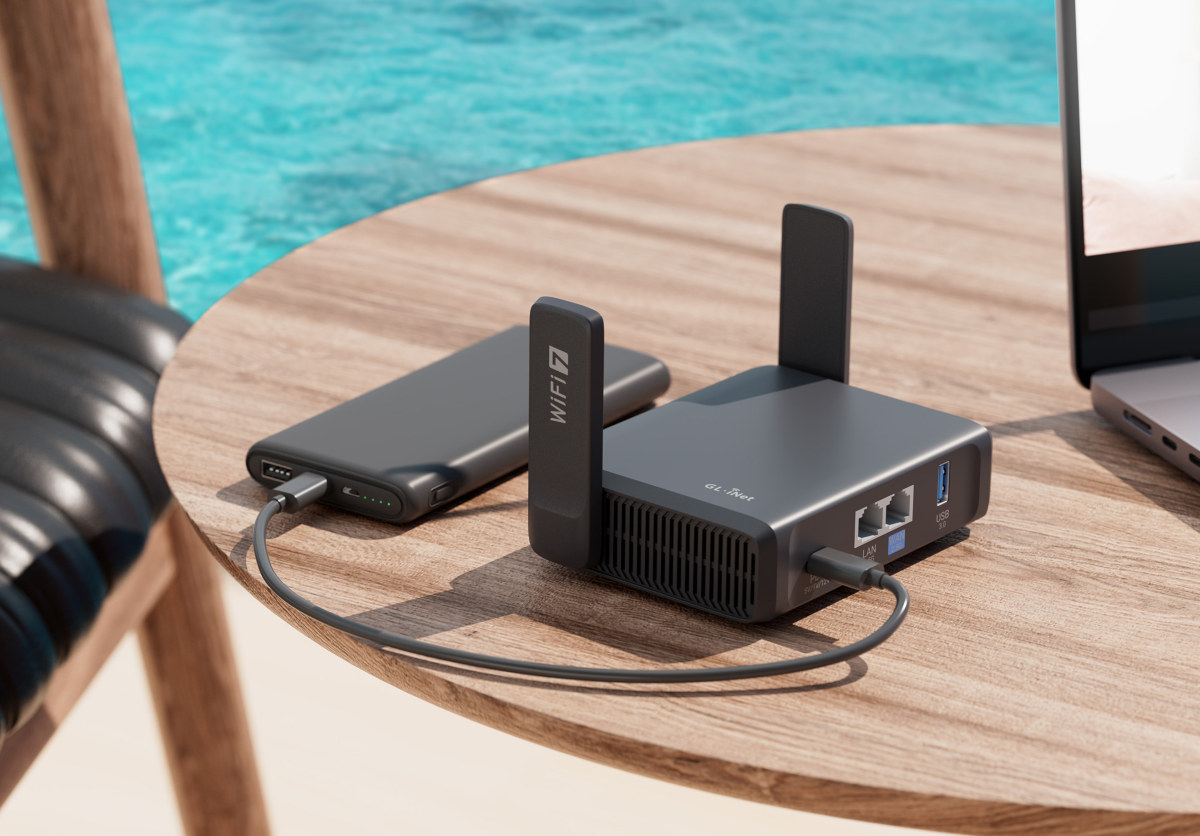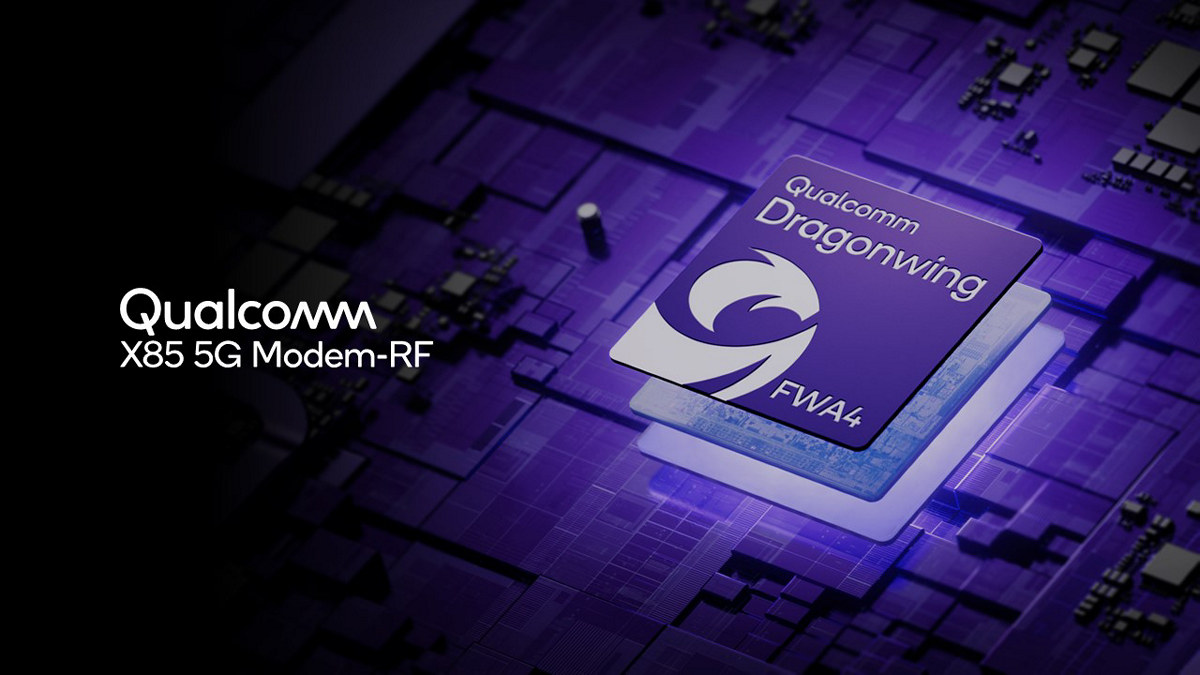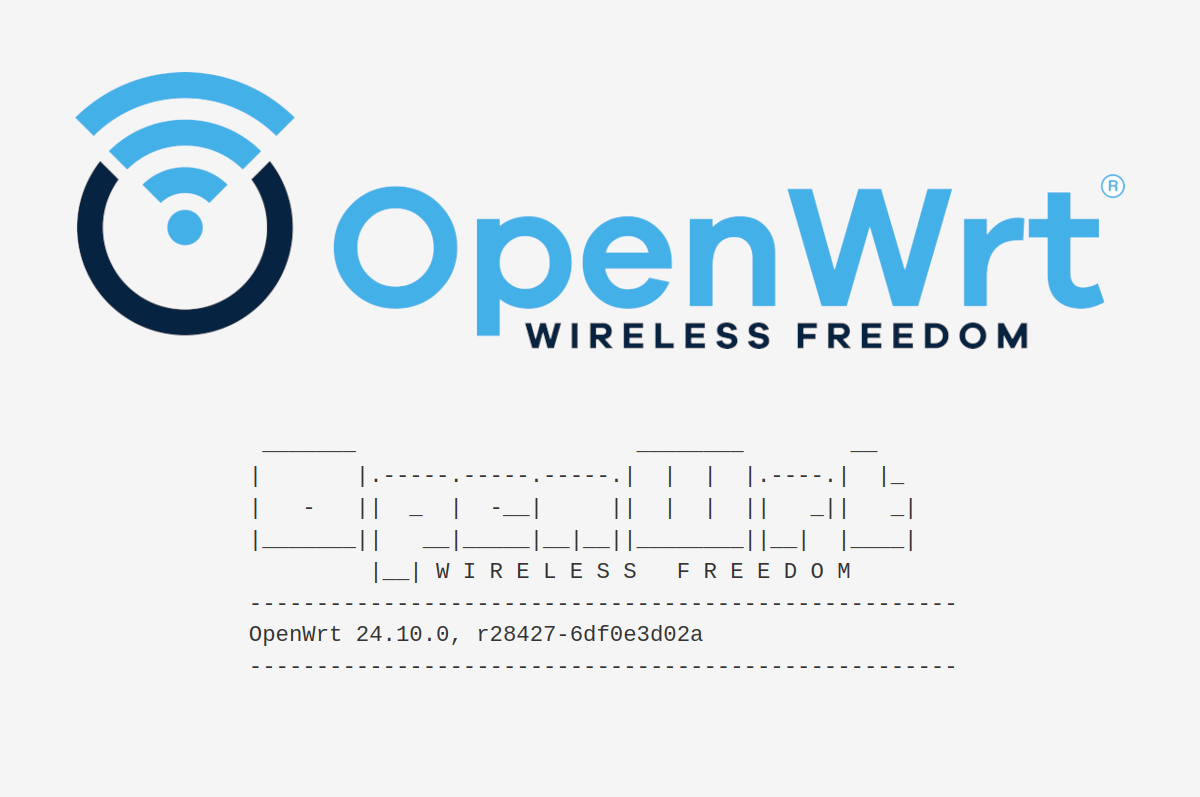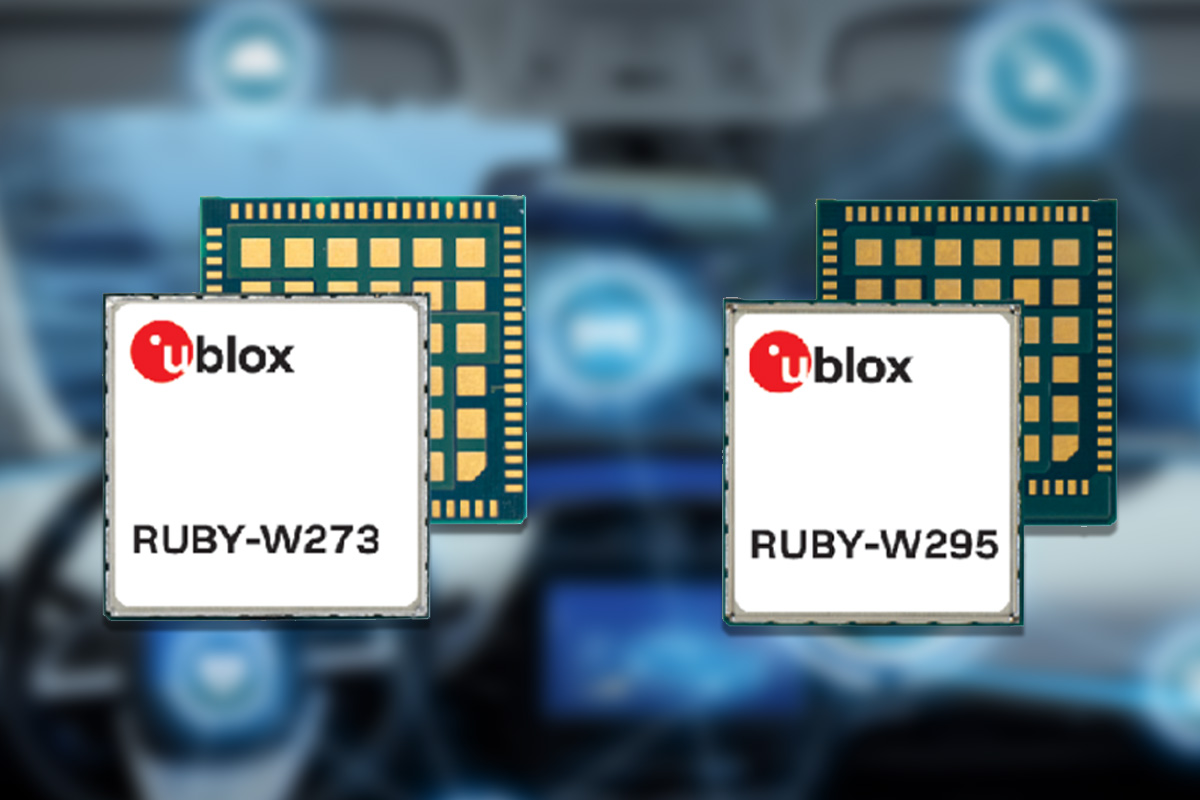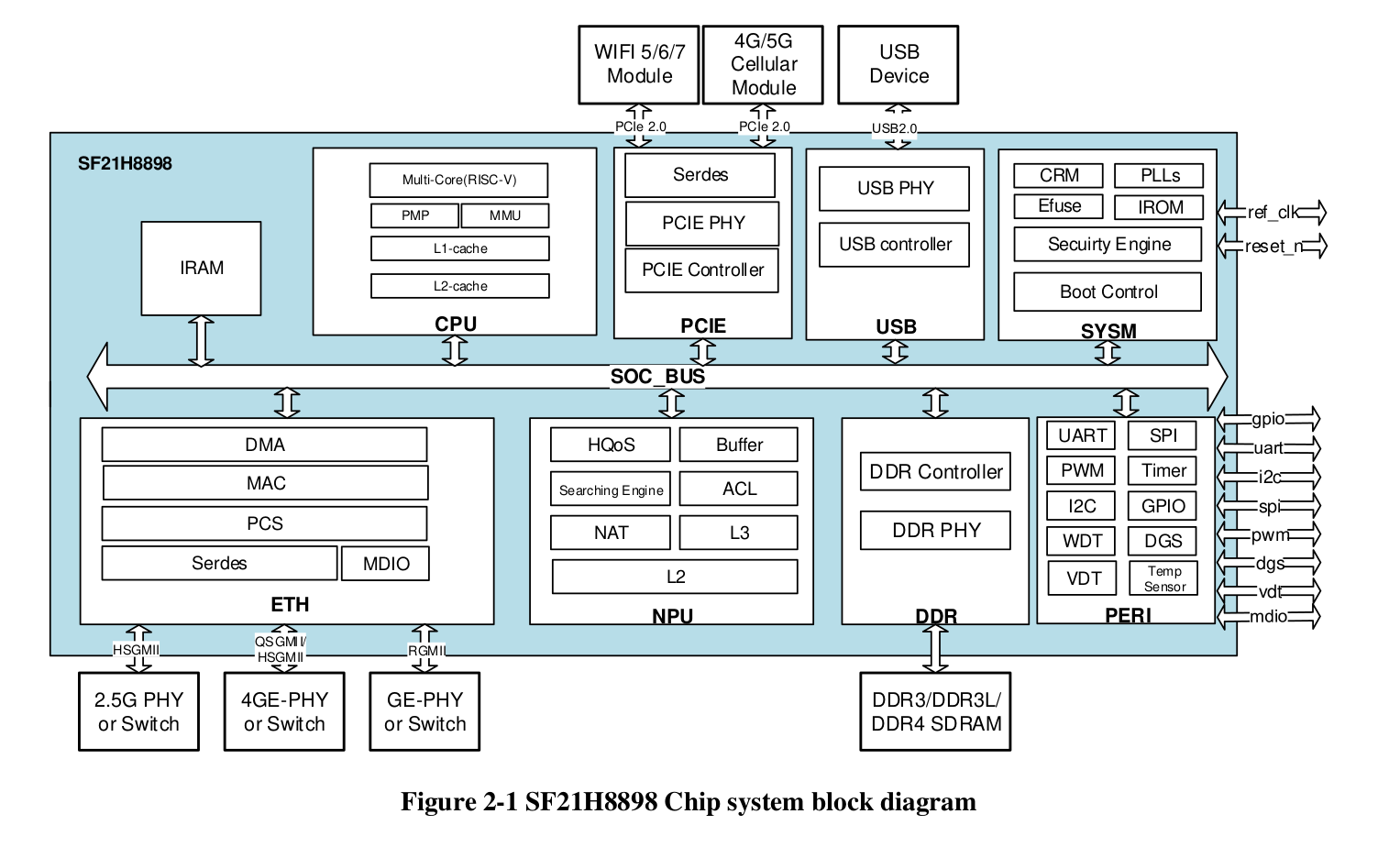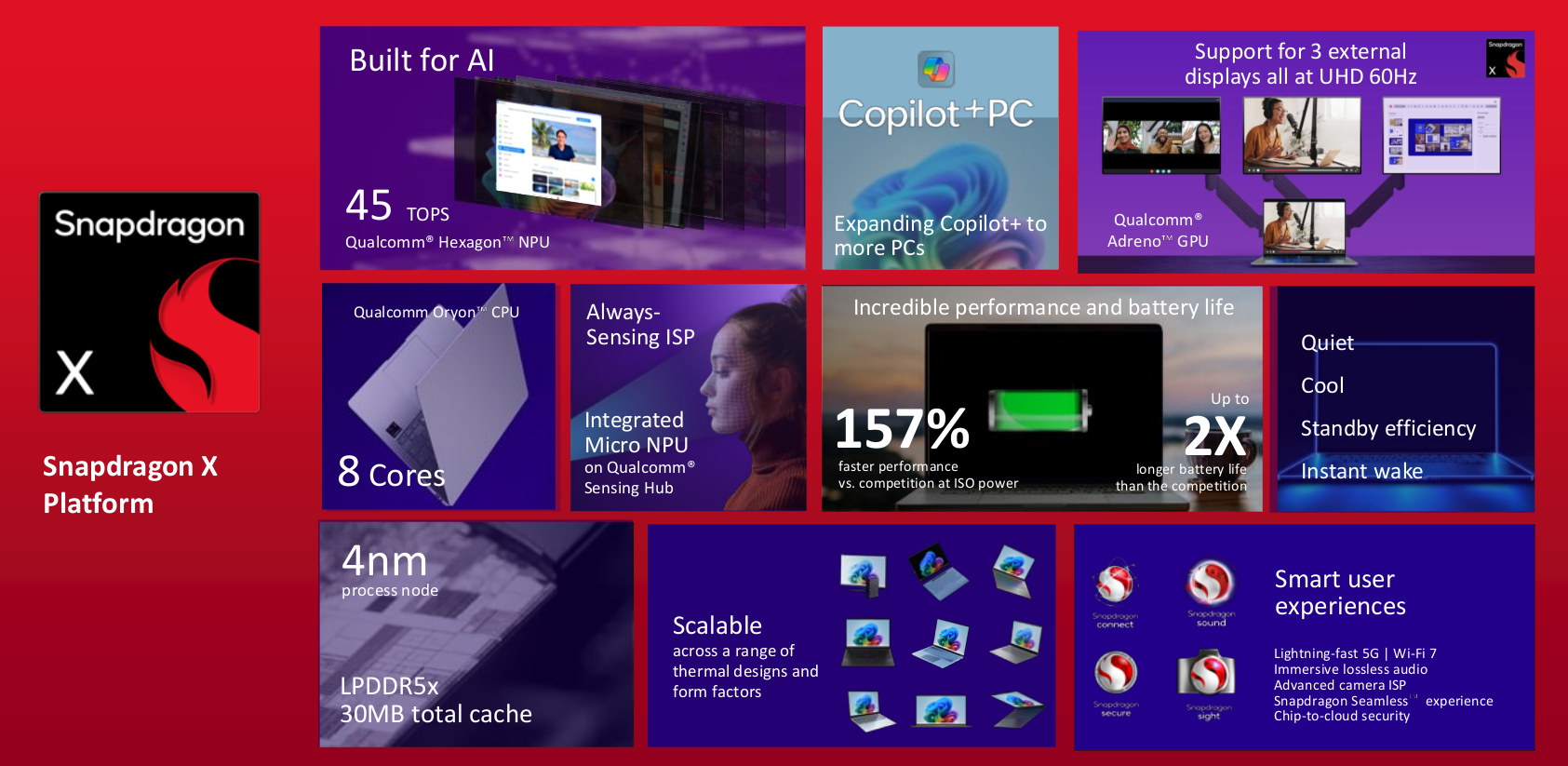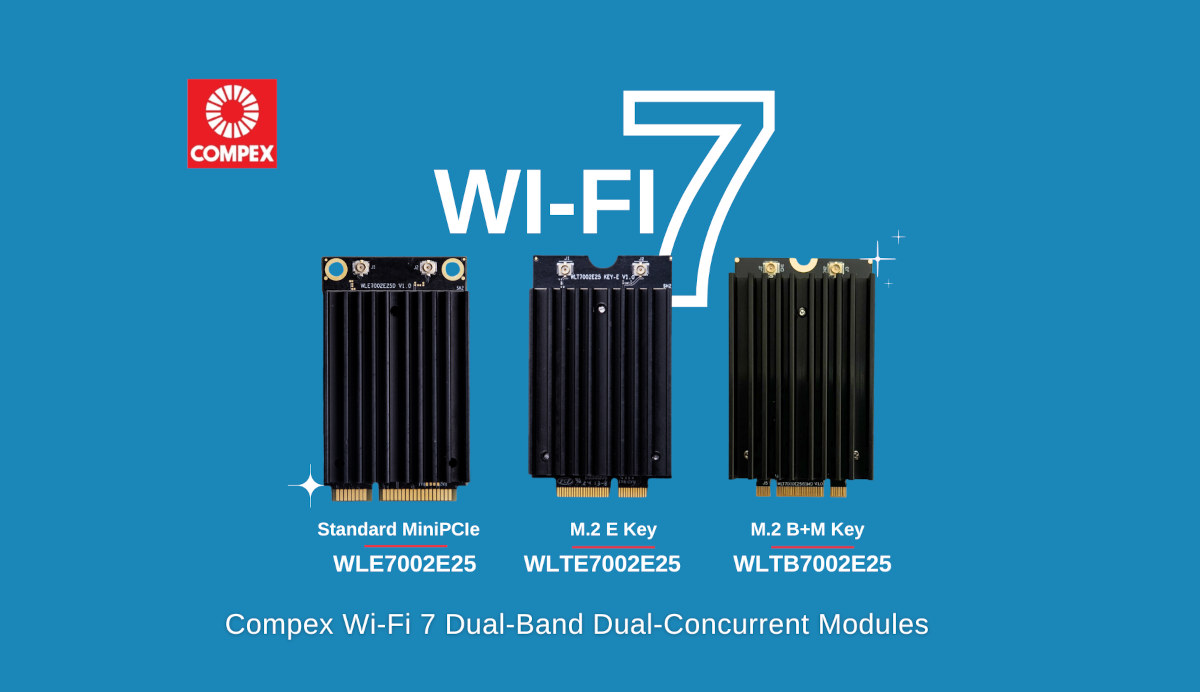The announcement of the MediaTek Genio 720 and Genio 520 octa-core Cortex-A78/A55 AIoT SoCs is one of the news I missed at Embedded World 2025. The new models appear to be updates to the Genio 700 and Genio 500 with a beefier NPU, and the Taiwanese company says the new Genio series supports generative AI models, human-machine interface (HMI), multimedia, and connectivity features for smart home, retail, industrial, and commercial IoT devices. Both are equipped with a 10 TOPS NPU/AI accelerator for transformer and convolutional neural network (CNN) models and support up to 16GB of LPDDR5 memory to handle “edge-optimized” (i.e. quantized) large language models (LLMs) such as Llama, Gemini, Phi, and DeepSeek, and other generative AI tasks. MediaTek Genio 720 and Genio 520 specifications: Octa-core CPU Genio 520 2x Arm Cortex-A78 up to 2.2 GHz (Commercial) or 2.0 GHz (Industrial) 6x Arm Cortex-A55 up to 2.0 GHz (Commercial) or […]
GL.iNet Slate 7 (GL-BE3600) WiFi 7 travel router up for pre-order for $96 and up
GL.iNet Slate 7 (GL-BE3600) is yet another travel router from the company, but it adopts the latest WiFi 7 standard with combined link speed of up to 3600 Mbps. The Slate 7 router supports both OpenVPN up to 100 Mbps and WireGuard up to 540 Mbps, and integrates with over 30 VPN services. The WiFi 7 router is relatively affordable starting at just $96 for pre-orders, but that’s limited to the first 800 orders, and after that the price goes up to $102 for the next 1,000 pieces, and the retail price will be $120 after that. Orders are limited to one per customer for the first two offers, and 10 per customer at the $120 price tag during the pre-order period. Deliveries are scheduled to start at the end of April / beginning of May. GL.iNet Slate 7 (GL-BE3600) specifications: SoC – Qualcomm quad-core @ 1.1GHz (Likely the IPQ5322, […]
Qualcomm X85 5G modem powers 12.5Gbps Dragonwing Fixed Wireless Access (FWA) Gen4 Elite platform
As Mobile World Congress 2025 has just started, Qualcomm has announced the X85 5G modem with up to 12.5 Gbps peak download speed, 3.7 Gbps uploads and targeting a wide range of applications from Android smartphones to PCs, FWA routers, industrial applications with Ethernet TSN, or even railways with support for FRMCS (Future Railway Mobile Communication System) in Europe. The company also introduced the Dragonwing Fixed Wireless Access (FWA) Gen 4 Elite platform based on the Qualcomm X85 5G modem, a quad-core processor, GNSS, tri-band Wi-Fi 7, and network Edge AI coprocessor with up to 40 TOPS of NPU processing power. Qualcomm X85 5G modem Qualcomm X85 5G Modem-RF System specifications: Peak Download Speed – 12.5 Gbps (FR1 + FR2), 10.3 Gbps Peak Upload Speed – 3.7 Gbps Cellular Modem-RF – 10CC aggregation in mmWave, 6CC aggregation in 5G sub 6GHz, 400 MHz carrier aggregation (DL) Cellular Technology 5G NR […]
OpenWrt 24.10 released with Linux 6.6, TLS 1.3 by default, and 1970 supported devices
OpenWrt 24.10 open-source lightweight Linux operating system for routers has just been released. It’s been upgraded to Linux 6.6 from Linux 5.15 in OpenWrt 2023.05, supports TLS 1.3 by default, improves support for WiFi 6 (802.11ax), and adds initial support for WiFi 7 (802.11be). After over one year of work since the release of OpenWrt 23.05, OpenWrt 24.10 adds over 5400 commits, and the total number of supported devices is now close to 2,000 at 1,970. It’s also the first stable release supporting OpenWrt One, the router directly designed by OpenWrt developers in collaboration with Banana Pi. OpenWrt 24.10 highlights: TLS 1.3 support in default images with MbedTLS 3.6 Activate POSIX Access Control Lists and file system security attributes for all file systems on devices with big flash sizes. Needed by docker. Note this is not enabled for all targets with the small_flash feature flag, including ath79/tiny, bcm47xx/legacy, lantiq/ase, lantiq/xrx200_legacy, […]
u-blox RUBY-W2 is a family of Wi-Fi 7 automotive-grade modules for infotainment and telematics applications
u-blox has recently released the RUBY-W2 series (RUBY-W273-05A and RUBY-W295-05A) of automotive Wi-Fi 7 modules designed for advanced infotainment and telematics applications. These modules support tri-band Wi-Fi 7 and dual-mode Bluetooth 5.4, with up to Gbps (PHY) of throughput, supporting simultaneous use cases for in-car hotspots, Apple CarPlay, and multi-client video streaming. Key features of this module include Multi-Link Operation (MLO) with Dual Band Simultaneous (DBS) and High Band Simultaneous (HBS) modes, 2×2 MU-MIMO, Bluetooth LE Audio, long-range Bluetooth, security with WPA2/3, and secure boot. The modules are based on Qualcomm’s QCA6787AQ or QCA6797AQ automotive chipsets and connect to the host via PCIe for Wi-Fi and UART/PCM for Bluetooth. RUBY-W2 specifications: Chipset Qualcomm QCA6787AQ for RUBY-W273 Qualcomm QCA6797AQ for RUBY-W295) Wireless Tri-band Wi-Fi 7 (802.11 a/b/g/n/ac/ax/be) RUBY-W273 – Dual Band Simultaneous (DBS) (2.4 GHz + 5/6 GHz) RUBY-W295 – High Band Simultaneous (HBS), any two bands (2.4, 5, or 6 […]
Siflower SF21H8898 is a quad-core 64-bit RISC-V SoC for industrial gateways, routers, and controllers
Siflower SF21H8898 SoC features a quad-core 64-bit RISC-V processor clocked at up to 1.25 GHz and a network processing unit (NPU) for handling traffic and is designed for industrial-grade gateways, controllers, and routers. The chip supports up to 2GB DDR3, DDR3L, or DDR4 memory, offers QSGMII (quad GbE), SGMII/HSGMII (GbE/2.5GbE), and RGMII (GbE) networking interfaces, and USB 2.0, PCIE 2.0, SPI, UART, I2C, and PWM interfaces. Siflower SF21H8898 specifications: CPU – Quad-core 64-bit RISC-V processor at up to 1.25 GHz Cache 32KB L1 I-Cache and 32KB L1 D-Cache per core Shared 256 KB L2 cache Memory – Up to 2GB 16-bit DDR3/3L up to 2133Mbps or DDR4 up to 2666Mbps Storage – NAND and NOR SPI flash support Networking 1x QSGMII interface (Serdes 5Gbps rate) for 4x external Gigabit Ethernet PHYs 1x SGMII/HSGMII interface (Serdes1.25/3.125Gbps rate) supporting Gigabit and 2.5Gbps modes 1x RGMII interface for Gigabit Ethernet 1x MDIO interface […]
Qualcomm Snapdragon X octa-core Arm SoC to power $600+ mainstream AI PCs with Copilot+ support
Qualcomm has unveiled the Snapdragon X octa-core Arm SoC at CES 2025 designed for mainstream AI PCs with Copilot+, which should start at $600 and up. This follows the announcements of the high-end 4.3GHz Snapdragon X Elite 12-core SoC in 2023, and the Snapdragon X Plus 10-/8-core processors last year, and should make AI PCs affordable to a wider range of consumers. The new Snapdragon X is clocked at up to 3.0 GHz, still features a 45 TOPS Hexagon NPU, supports NVMe storage, up to 64GB LPDDR5, up to 2560 x 1440 built-in displays, up to three external displays at 4Kp60, and a single camera up to 36MP resolution. Systems based on the new octa-core processor can support WiFi 7, WiFi 6E, and/or 5G LTE connectivity. Qualcomm Snapdragon X (X1-26-100) specifications: CPU – Octa-core 64-bit Armv8 Oryon processor clocked at up to 3.0 GHz (2976 MHz) with 30MB cache GPU […]
Compex Systems expands its dual-band Wi-Fi 7 lineup with new M.2 variants (Sponsored)
Compex Systems (Compex) is set to take wireless connectivity to the next level with the latest expansion of its popular dual-band Wi-Fi 7 module lineup. Introducing the new M.2 variants, including WLTB7002E25 with an M.2 B+M Key and the WLTE7002E25 with an M.2 E Key, these additions complement the Compex’s existing WLE7002E25, which features the popular standard mini PCIe form factor. Together, these Wi-Fi 7 modules offer comprehensive solutions with enhanced performance, flexibility, and compatibility — all at competitive Wi-Fi 6 prices. Powered by Qualcomm’s QCN6224, QCN6274 and QCN9274 Waikiki series radio chipsets, the WLE/WLTE/WLTB7002E25 are dual-band concurrent 2.4+5GHz Wi-Fi 7 (802.11be) modules, offering wider signal coverage by transmitting both bands concurrently, reducing latency with Multi-Link Operation (MLO) support, featuring OFDMA and 4096 QAMs. Delivering up to 20dBm per chain, these 2×2 MU-MIMO models are ideal for enterprise, industrial, cybersecurity, transportation, and SMB applications. “Our expanded Wi-Fi 7 module lineup […]


